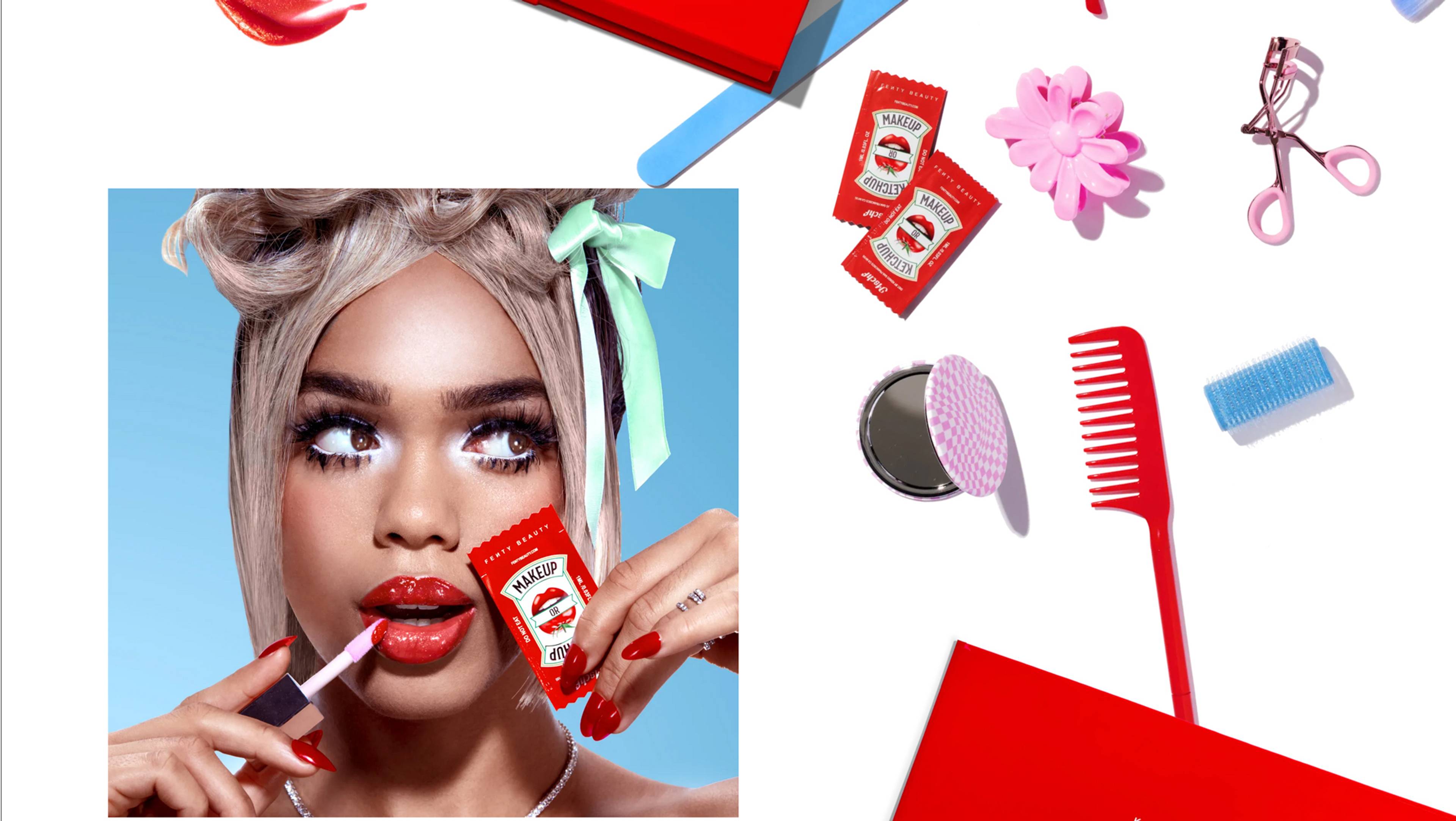BOOM BOOM
One ship is flying to the moon. The other is sinking to the bottom of the sea. Everyone is squinting at their boarding pass, crossing their fingers that they are boarding the right vessel. There’s an affect that goes along with this, a studied indifference to consequences. Reading the news has been recoded as low status.
Sure people still post political opinions to their stories. But it has the feel of a bachelor wearing a wedding ring to the bar because he doesn’t want to be bothered. Five years ago it would’ve been gauche to mix politics with party flyers. Now I see it all the time.
Last spring, there was a poll from The Wall Street Journal and NORC, the University of Chicago’s Nation Opinion Research Center. They have been asking Americans which values are “very important” to them since 1998. Patriotism, family, and religion have all been in decline since the survey began. Community engagement, which I read as a proxy for progressive politics, was on the rise – until 2023, when it collapsed from first to last place among the pack. Only money continues its steady rise, going from last to first over a quarter of a century’s time.
Why? Money is agency – or, at least, our era’s most legible form of it.
MSCHF, ATM Leaderboard, 2022, ATM (Hyosung Nautilus MX2800 SE), steel, foam, digital display, camera, and software, 209.6 x 41.9 x 59.1 cm. Courtesy: Perrotin
Over martinis and oysters in Fisherman’s Wharf, a friend tells me San Francisco is like Victorian London. New money chasing old money, only to be chased by even newer money, like the billboards along the 101 wheat-pasting over failed crypto start-ups and replacing them with AI ventures. It’s courtly, he explains. Gossip is worth its weight in gold.
Human beings are highly attuned to shifts in power. Like wolves, we can smell weakness. We need a firm sense of who is the leader of the pack. And when there isn’t one, conflict and intrigue ensue: Thucydides trap, but on an interpersonal level.
When the social stack is in flux, everyone is a live player.
MSCHF, Eat the Rich Popsicles (drop #81), 2022
MELTDOWN MODE
There is a triad of capital – financial, social, and cultural – and only those who hold all three forms can be considered true elites.
Financial capital, which consists of money, crypto, assets, regulatory preference (i.e., do the laws work for or against you) is capital in its most literal form: Scrooge McDuck swimming in his hoard of gold, hype-dad trophy-husbands flexing on TikTok with their cashmere walls. Money is prominent because it is literal. Like the t-shirt says: I’m not gay, but twenty dollars is twenty dollars. Its symbolism is sticky. The six-figure salary retains its allure, despite its decline in buying power. As the only form of capital you can create individually, it’s also the easiest to accrue. You can’t build social or cultural capital alone. Those are team sports.
Social capital is the Holy Ghost of the Trinity, the most ephemeral of the three. It consists of trust, networks, relationships, norms, values, and purpose. Here is where our presumptive elites are stumbling. The legitimacy crisis is real. Government, academia, the media, and business have all lost the public’s trust (at least in the United States). Unfortunately, this is the most difficult form of capital to build. Developmental economists have been trying to crack the code for decades with few results.
Cultural capital is the underdog of the pack. Probably because it relies entirely on knowingness. The phrase haunting every stealth-wealth trend report summarizes the dynamic: money talks, wealth whispers. To talk about status or taste is to boldly admit you don’t have it. Culture defines and directs our aspirations. Who are our leaders? And why? People worry about culture because they know it sets the agenda for the future.
And who wouldn’t want to be in charge of that?
Who needs stuffy zombie institutions when we have Instagram?
Wall Street and the City held the crown through economic dominance, regulatory capture, and cultural philanthropy. They faltered in 2008 and never regained their pre-crisis legitimacy. The presumptive heir to the throne, the tech industry, has failed to launch time and again.
This occurred, in part, because the tech industry rejected the non-quantifiable nature of social and cultural capital. Unable to find actual metrics for these things, they fell victim to Goodhart’s Law “When a measure becomes a target, it ceases to be a good measure.” Treating proxies for social and cultural capital (likes, follows, impressions) as the thing in itself opened up culture to scams, grifts, hacks, and psyops.
The collapse has been so complete that its no exaggeration to say that there are multiple realities co-present in the United States, and we have no clear path to negotiate mutual intelligibility between them.
In 2023, the throne was empty.
MSCHF, Louis Vuitton Microscopic Handbag, 2023, photopolymer resin, 657 x 222 x 700 microns
COLLECTIVE ACTION PROBLEM
A few weeks ago, a friend in New York speculates about how many people direct global culture. 10,000 people? 1,000 people? 500? Ten? It’s a smaller number than a civilian would guess. You could make a good case for each. It all hinges on how much agency an individual needs to credibly claim they “direct global culture.” With each contraction, the power level necessary to stay in the mix rises.
Culture-industry roles were once much more coherent, the lines of power much more concrete. Figures like Anna Wintour and Rick Rubin gesture at this recent past. They were middlemen connecting financial capital (businesses) with cultural capital (artists) to create social capital (cultural institutions). Fashion and literary editors, film and television producers, radio programmers, museum curators, restaurant critics – all shared a similar role: mediating between the avant-garde and the mass market.
They had the agency to move culture.
Last decade, the shift away from gatekeeping and toward democratization fucked all this up.
The flight to social media flattened the distinction between legacy brand – Vogue, Random House, MTV, Hot 97, MoMA, even the New York Times – and internet personality. While this raised the individual agency or certain artists/writers/designers/whatever, it diminished the power of cultural institutions. Like so many 21st-century trends, it left us better off individually and worse off collectively.
The freewheeling early days of social media seduced creative scenes into believing a new, decentralized paradigm had been achieved. Who needs stuffy zombie institutions when we have Instagram?
The problem with non-hierarchical models is that human beings are not non-hierarchical creatures. Like all anarchist ideals, the dream of infinite digital liberty turned out to be more corporate talking point than reality. We took the agenda-setting function away from individual power brokers and gave it to trillion-dollar tech companies, whose faceless content moderators and black-box algorithms now decide what people can and can’t see.
At least it relieved our status anxiety – it’s hard to resent computers.
MSCHF, BLUR AUD, 2022, resin, rubber, and acrylic, 15.7 × 6.4 × 4.4 cm
MSCHF, Big Blur, 2021, hi-vis Scotchlite 5100R film print on coated aluminum, 152.4 x 61.9 x 43.2 cm
THE CULTURAL LIFESTYLE
We used to believe we would find agency online. Today, we know agency comes from other people. In an era of change, small groups do big things.
We can see this in the recent phenomenon of clout-bombing (as Brad Troemel calls it) – the strategy of leveraging massive group photo-ops for fashion brands like Céline and Heaven by Marc Jacobs as proof of cultural relevance. Like the now-defunct hype houses, internet personalities realize clout is interpersonal. They seek alliances and a seat at the literal table. (See: Gonzo Culture Pt. 2)
This is the self-selected avant-garde. You see it in New York at a gala benefit. You see it in Los Angeles at a party in the hills. You see it in London at a private dinner. Culture has a door. Culture has a list. Culture is a party.
It occurred to me at a Courrèges party in Paris two summers ago. Hosted at a dismal rag-recycling warehouse somewhere outside the Périphérique, a nod toward sustainability. Attendees were goths in vegan leather or looked like a Babylon extra from Queer as Folk (2000–05). It was signature cocktails, kimchi bowls, and techno. A giant mirror emblazoned with the brand’s logo loomed above the crowd while people talked about the publicist who set up Kanye West with Julia Fox, summer travel plans, and rehab.
Screenshots of MSCHF, Ketchup or Makeup (drop #83), 2022
Dancing in the crush behind the DJ booth, sunset obscured by smoke machines, my friend screams, “Isn’t this amazing! This is how culture is made.” Someone in a k-hole knocks over a fan and the crowd lurches sideways. She’s unhurt. The sun sets and the lighting design adapts, strobing between Yves Klein blue and bloodred. Disoriented, we amble out of the warehouse to an Uber and head to another party.
During the crypto bubble, tech took a page out of the fashion and art-world playbooks, realizing travel itself was the contemporary cultural lifestyle. NFT this. ETH that. There were festivals and assemblies and camps.
This fall, at Urbit Assembly in Lisbon, a Zoomer tells me, “There aren’t enough hot people here. I need to join another subculture.” Networking has had a comeback – which means the quality of the people define the quality of the event. A good party is something money can’t buy.
Case in point: at BAYC Hong Kong, there was a mass-blinding event due to the decorative use of sterilizing UV lamps – presumably because they were more expensive.
___
MSCHF, “NOTHING IS SACRED”
Daelim Museum, Seoul
10 Nov 23 – 31 Mar 24
This text is excerpted from 8Ball‘s “Live Players Pt. 1”











